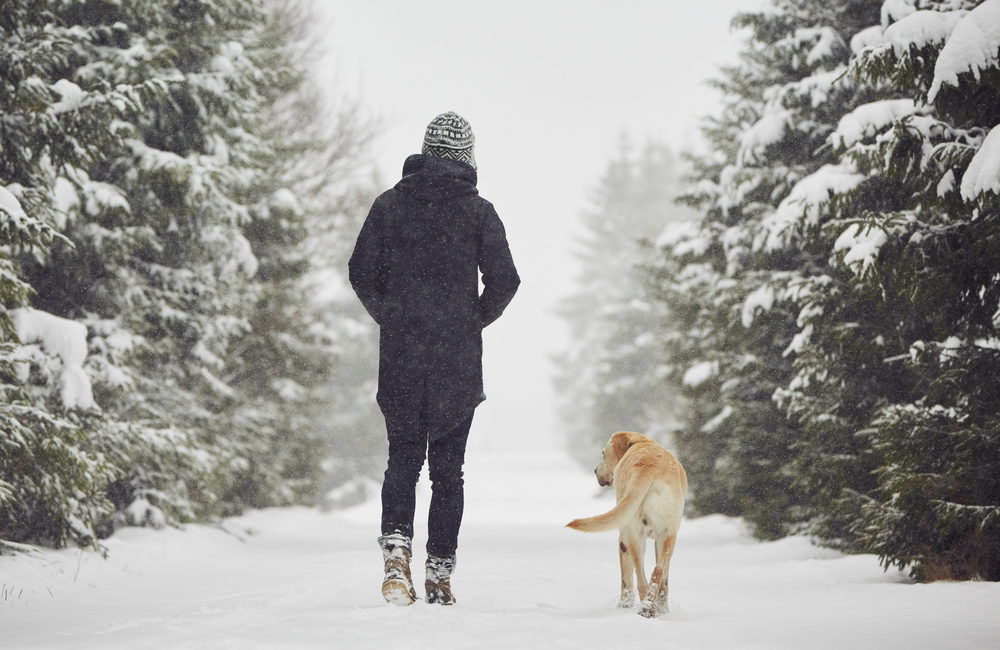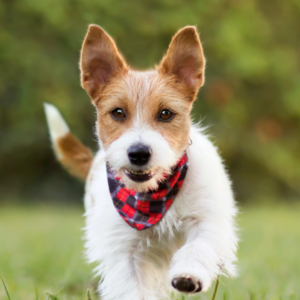Winter is upon us and as we have mentioned in previous blogs, this season can be hard on our pets. The following will refresh your memory and increase your awareness of the dangers that our pets can face in the cold winter months.
Here are some points to ponder:
In extreme winter weather, keep your pets inside. If they must go outside keep them on a leash. The aim is to keep animals safe, warm and preferably indoors, but some animals like some people don’t do well when cooped up. So if you must take a quick – 10 minutes maximum– walk around the neighbourhood, keep your pet on a leash. Snow makes the landscape unfamiliar, and so landmarks and the depth of the snow are unknown. You don’t want your pet to run off or get confused or get in too deep, so having them under your control on a leash is the best option. This is especially true if you are walking near a body of water of any size where snow could hide thin ice and the threat of falling in. For short-haired animals, a sweater doesn’t hurt. Short and frequent walks are better than one long walk during the day.
Don’t leave your dog alone in the car. You may feel that since you can’t take your dog for a long walk, you will give them a change of scenery and take them for a car ride as you do errands. Everyone has heard reports of dogs dying in cars during the summer due to heat stroke. Well in the winter it isn’t any safer for a dog to be left unattended in a car. A car cools down very quickly, and Hypothermia is a real concern – after all, we all know how cold the car gets even when we just pop in somewhere very briefly.
Don’t use an electric blanket. If your pet gets cold, don’t raise their body temperature too quickly. Get them to a warm and dry place and use a regular blanket if necessary. You can also use heated bean bags or hot water bottles wrapped in a towel, so they are not directly in contact with the fur or skin. Electric blankets can burn or rub tender spots undergoing frostbite, so avoid them completely.
Watch for pale or blue gums and/or skin. These are important signs that your pet is too cold. Their gums and areas with little or no hair will also be cold to the touch, and they will likely show signs of weakness. Again, get the pet to a warm, dry place to slowly heat up. Cats that are left outside will likely seek out a warm spot, including hidden places like a car engine, so keep them indoors and check under the hood before starting your car.
Avoid garages and workshops. They may contain antifreeze or other toxic substances that may have leaked or been left open. Keep your pets in a safe clean spot.
Keep them entertained. Just because you can’t go outside doesn’t mean your pet can’t get some exercise. If you have the space, toss around a ball that can’t be eaten or teach them a new trick. Give your pet plenty of attention.
Provide lots of clean, fresh tap water. If you’re headed for a brief walk outside, you want to provide plenty of fresh water to your pet, so they don’t get dehydrated as dogs lose a lot of water by mouth breathing/panting and then try to hydrate by eating snow. Remember that eating snow has its own dangers as snow is great at hiding garbage, animal waste, and worst of all, salt and chemicals. Your dog could easily get sick from any of those things, so it’s not a good idea to allow your dog to eat snow, no matter how excited they are to taste it. You might think freshly fallen snow is safe, but again, there’s no telling what could be underneath the snow.
Clean paws after outdoor activity. As mentioned in previous blogs you want to make sure any toxic de-icer residue is removed from your pet’s paws. Booties will help with this, as well as keep the paws warm and dry. If you use a de-icing product, please consider getting a pet safe product.
Remember, you know your pet. If something seems amiss or your pet is behaving strangely, give us a call.
Written by: Dr. Kirk Maltby, DVM




